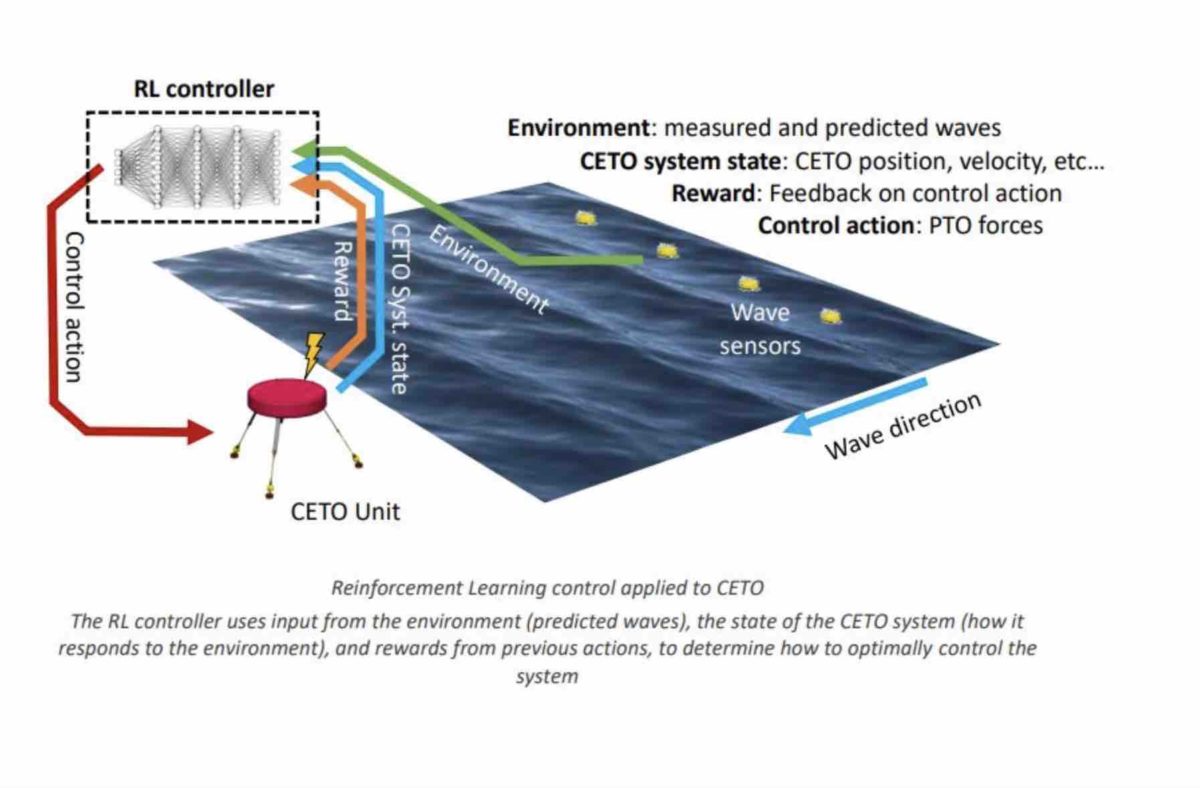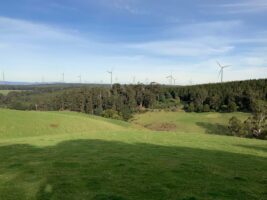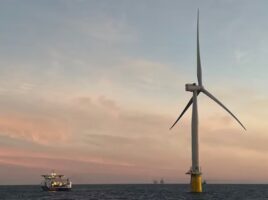Australian wave energy technology developer Carnegie Clean Energy has extended its collaboration with Hewlett Packard Enterprise to pursue the development of “self learning” products that can respond to predicted wave heights.
Carnegie and Hewlett Packard first started working together in late 2020 and their work has focused on controller that depends on reinforcement learning, an area of artificial intelligence with a built in machine or self learning capability.
This enables the controller to apply the best response for predicted wave heights, helping to boost power and reduce costs.
The two companies targeted the development of a learning-based controller for Carnegie’s CETO wave energy technology which converts kinetic energy from ocean swell into electrical power.
That work has already delivered power gains of around 20 per cent, and has now been extended for another two years, until the end of 2024
As part of the continued collaboration, the RL based controller will be tested in a tank testing process at the Cantabria Coastal and Ocean Basin (CCOB) in March. This is being delivered as part of CETO Wave Energy Ireland’s EuropeWave PCP Phase 2 Project.
“Our teams have made great strides over the past two years integrating reinforcement learning-based Artificial Intelligence into our control strategies, allowing CETO to optimally extract more energy from each wave,” said Jonathan Fiévez, CEO of Carnegie Clean Energy.
“The work conducted so far has improved the performance and reduced the cost of the CETO technology and revolutionised the control of wave energy converters.
“Over the next few years, we look forward to validating the RL controller through upcoming tank testing and ultimately via the use of the controller in an operating CETO prototype.”
.










